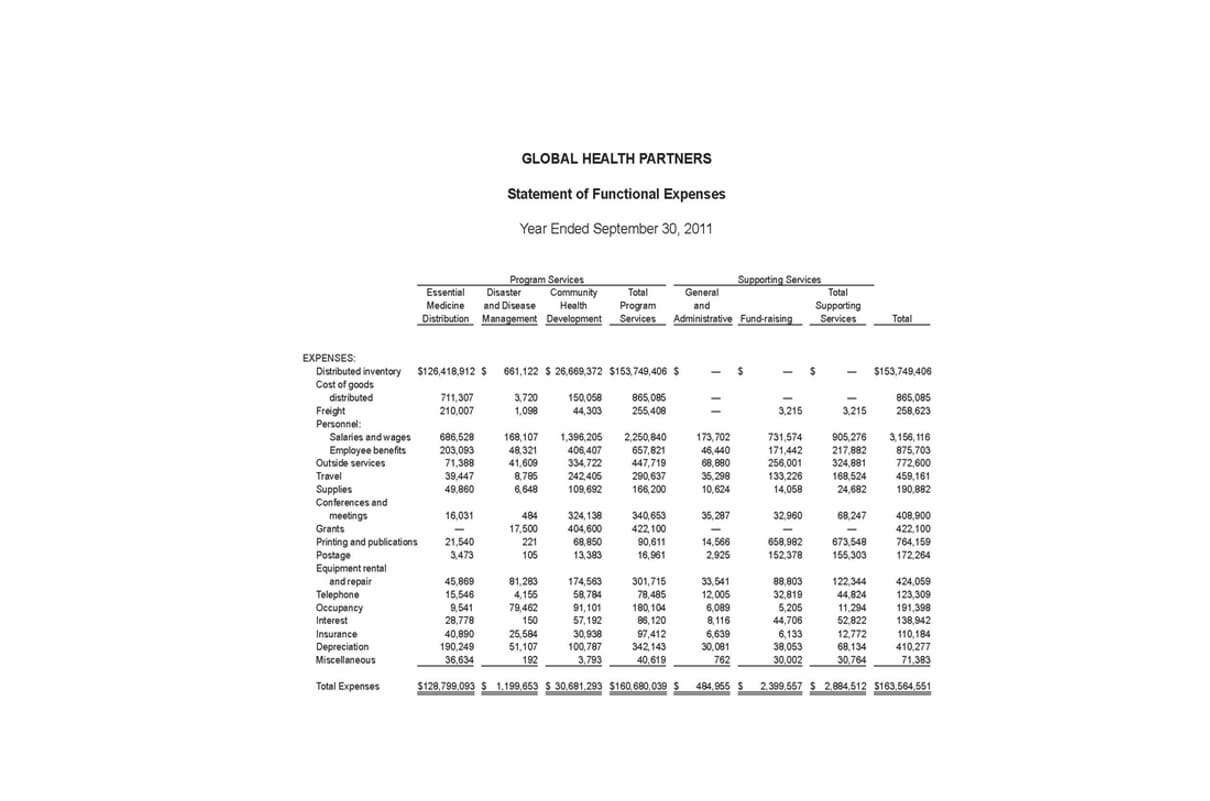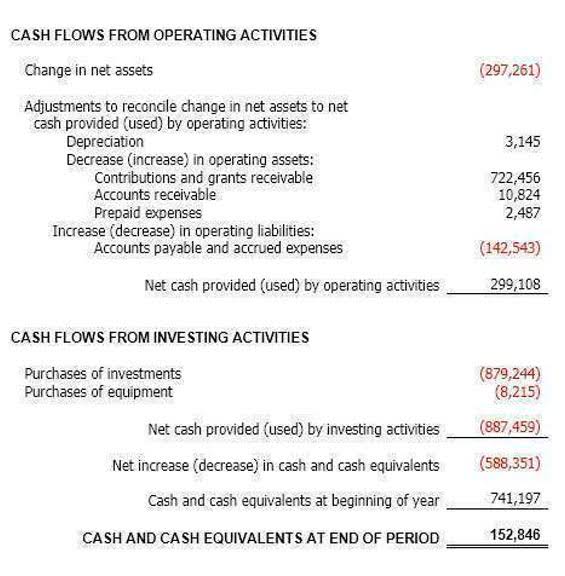Indirect cost: explanation & examples Swoop US

Indirect cost pools must be distributed to benefitted cost objectives on bases that will produce an equitable result in consideration of relative benefits derived (2 CFR § 200.1). Cost structure refers to the various types of expenses a business incurs and is typically composed of fixed and variable costs. Fixed costs are costs that remain unchanged regardless of the amount of output a company produces, while variable costs change with production volume.
Managerial Accounting
Similarly, vehicles that are used across different jobsites, along with their maintenance and fuel, also contribute to indirect expenses. As we describe the types of indirect costs above, they are commonly general administrative expenses. Therefore, the double entries of indirect costs or indirect expenses in the income statement are the same as other expenses. Indirect costs are those expenses that are incurred in common for different projects, products, or business activities and cannot be easily divided for individual projects, products, or activities. We also could say all the costs that could not be allocated to direct costs are indirect costs. Understanding and properly allocating indirect costs is important for businesses to determine the true cost of production, set pricing strategies, and assess overall profitability.
Proportional allocation
Moreover, they offer a chance to compare budgeted vs actual indirect costs, allowing for necessary adjustments to be made to safeguard profit margins. The allocation base is the chosen measure or standard used to distribute indirect costs among various projects, tasks, or phases within those projects. A qualified accountant or financial advisor can help a construction company calculate an appropriate indirect cost rate for their specific situation. Just like direct costs, indirect costs can be numerous, and will typically differ considerably from one industry to another. Consequently, there is no single pre-determined mathematical formula to calculate indirect costs.

Related AccountingTools Courses
Indirect costs are costs used by multiple activities, and which cannot therefore be assigned to specific cost objects. Examples of cost objects are products, services, geographical regions, distribution channels, and customers. Indirect costs do not vary substantially within certain production volumes or indirect costs are also referred to as other indicators of activities, and so are considered to be fixed costs. Examples of variable costs may include direct labor costs, direct material cost, and bonuses and sales commissions. For businesses selling products, variable costs might include direct materials, commissions, and piece-rate wages.
Indirect Costs Definition, Importance & Examples

Indirect period costs are not attached to the product and are recorded as expenses. For an automobile maker, this would be costs such as advertising costs or salaries of salespersons. For Justin, since he provides a service and is not in manufacturing, he would not need to classify his indirect costs as either product or period. The most common examples of indirect costs https://www.bookstime.com/ include the following expenditures, assuming they are not specific to a cost object, such as a product, service, department or project. After pinpointing all indirect expenses, the next step is to project their anticipated amounts. Fixed indirect costs, such as monthly office rent or the one-off cost of establishing a project site office, remain relatively constant.
- This helps a company to calculate the overhead cost per unit so that prices can be set accordingly to ensure a profit is made on each product even after incorporating all indirect expenses.
- While G&A costs for a firm usually remain relatively steady, they can fluctuate depending on the size and organizational structure of the company.
- Skilled in content development and marketing strategies, she leverages her diverse experience to help professionals in the built environment.
- In contrast, indirect costs are those that support the project but aren’t linked to any specific construction activity.
- This means that you spend 25 cents on indirect costs for every dollar you earn.
- Some types of indirect costs such as insurance, licensing, or materials can vary significantly with market conditions.
- Proper accounting and allocation of both types of costs ensure the project’s financial viability and success.
Common Types of Indirect Costs:
Indirect Cost Examples
- Contrastingly, direct costs can be tied to a specific, revenue-generating good or service.
- These expenses are shared across multiple projects or activities and are not directly traceable to a specific cost object or activity.
- Ultimately, determining a reasonable indirect cost rate requires careful analysis of the specific circumstances of a project and the construction company involved.
- By harnessing digital tools, construction firms can assist in bringing accuracy, foresight, and agility to their financial management.
- Although most direct costs tend to be variable, there are exceptions to the rule and some direct costs may be considered fixed.
